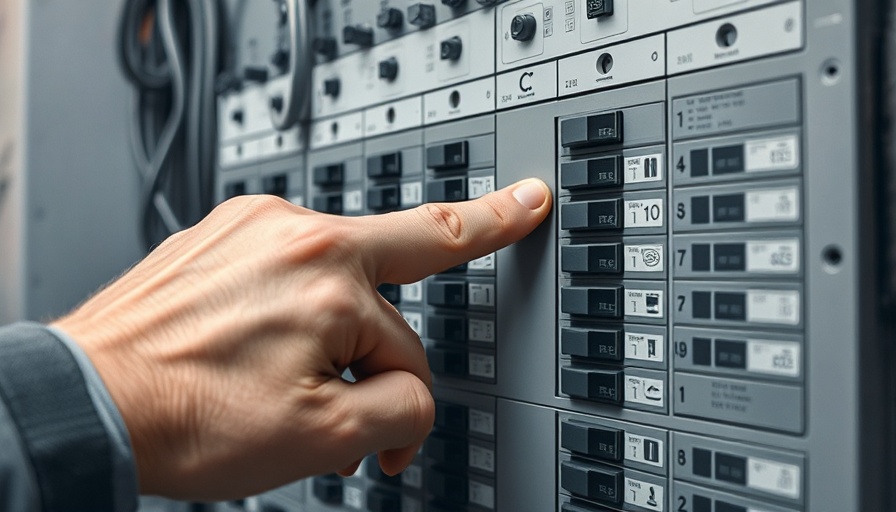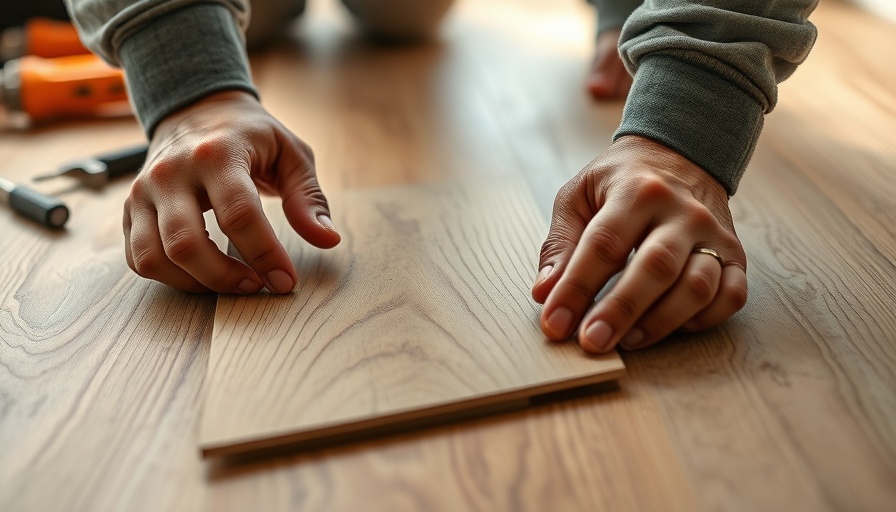
Saving Time and Money: Essential Homeowner Tips
Owning a home brings immense joy, but it also comes with its fair share of responsibilities. However, by taking proactive steps, homeowners can evade headaches and save money in the long run. Keeping your home well-maintained not only protects your investment but enhances your overall living experience.
A Comprehensive Approach to Home Maintenance
To maintain your home effectively, you need a structured strategy. Crafting a detailed home maintenance checklist—like the one provided in Family Handyman—can guide you through the essential tasks of the year. Regular inspections and updates to fundamental systems like heating or plumbing can prevent minor issues from escalating into costly repairs.
The Importance of Keeping Records
Storing records of repairs and maintenance is invaluable for any homeowner. By keeping a journal or a dedicated binder, you can quickly access essential documents such as insurance papers and repair invoices. Not only does this organization make your life easier, but it can also be a selling point if you decide to put your house on the market.
Property Line Awareness: An Essential Homeowner Skill
Understanding your property lines can save you from potential disputes with neighbors. Knowing where these lines lie allows for proper planning of projects, landscaping, and even boundary-related improvements. You can locate these lines by checking with local authorities or using simple tools like a metal detector to find property markers.
Water Management: Prevention Is Key
Water-related problems can devastate a home, requiring costly repairs. One of the most important tips is to locate your main water shutoff valve. This knowledge is vital; should a leak occur while you're away, turning off this valve can save you thousands in damages. Additionally, take the time to inspect your water heater—if you notice leaks, it's critical to take action before it leads to disaster.
Seasonal Maintenance: A Must for Every Home
Whether winterizing your home by insulating pipes or preparing your air conditioning for summer, seasonal tasks are often overlooked. A well-planned seasonal schedule will help you stay on top of crucial tasks that protect your home’s value and efficiency. For example, cleaning gutters before the fall can prevent serious water damage during winter.
Embracing Sustainable Practices
In today's world, adopting green living practices is not merely beneficial for the planet; it's economically savvy as well. From using energy-efficient appliances to implementing water-saving fixtures, small changes can significantly reduce utility bills while positively impacting the environment. This approach not only improves your wallet but also contributes to the larger fight against climate change.
Investing in Preventative Maintenance
Prevention is more efficient than repair. Regularly inspecting systems such as HVAC, plumbing, and roofing can uncover potential issues before they escalate. Follow monthly checklists that include testing smoke detectors, cleaning extractor fans, and assessing your heating and cooling systems to ensure they operate efficiently.
Conclusion: Making Home Maintenance a Priority
By following these proactive tips, homeowners can greatly reduce stress and expenses while increasing the enjoyment of their living spaces. Investing time in home maintenance might seem daunting, but the payoff of avoiding those costly headaches is worth every effort. Make 2025 a year of proactive home care and enjoy the peace of mind that comes with it!
For detailed home improvement resources, tools, and expert advice, be sure to stay informed and get involved in the enriching journey of homeownership. Start putting these insights into action today!
 Add Row
Add Row  Add
Add 




Write A Comment